The panel discussion was chaired by: Professor, Dr. Le Hong Ly, Chairman of the Vietnam Folklore Arts Association; Associate Professor, Dr. Dang Van Bai, Vice Chairman of the National Cultural Heritage Council; Historian Duong Trung Quoc. The event also attracted many experts, scholars, artisans and leaders in the fields of culture, heritage, cuisine and tourism across the country.
At the seminar, experts commented that pho is not only the quintessence of traditional features closely associated with Vietnamese life, but also has become a cultural bridge, bringing Vietnamese flavors to all five continents. Through contributions and exchanges, culinary experts, cultural researchers, chefs and businessmen looked back at the development of this dish.
This is also an opportunity to discuss the unique cultural and culinary values of Pho; share orientations and solutions to help Pho affirm its position on the world culinary map, becoming a global symbol of Vietnamese cuisine.
Within the framework of the Pho Festival 2025 at the Imperial Citadel of Thang Long, on the morning of April 19, a discussion on "Pho - the journey to become a UNESCO heritage and spread internationally" took place with the participation of many cultural and historical researchers and culinary experts. This year's Festival was directed by the Office of the Hanoi People's Committee with the main participation of Masan Consumer Joint Stock Company. In addition, there are also units: Hanoi Beer-Alcohol-Beverage Corporation, Bluezone purified water brand, Kien Long Commercial Joint Stock Bank, Vietnam Fish Sauce Association, Nam Dinh Culinary Culture Association, Vietnam Culinary Culture Association, Unesco Center for Preservation and Development of Vietnamese Culinary Culture, Pho Van Cu - Nam Dinh Branch and TikTok (media sponsor).
From a popular dish associated with the memories of street vendors, pho has gone through a long journey full of ups and downs to become a national culinary symbol and reach out to the world. So what are the factors that make up the enduring vitality of Vietnamese pho, and what helps this dish surpass hundreds of other delicious dishes to become a worthy representative of Vietnamese culinary culture? Associate Professor, Dr. Dang Van Bai shared his insightful views on the journey of formation and development of pho from the perspective of cuisine and national cultural identity.
According to him, pho is a product of cultural exchange and creative adaptation by the Vietnamese people. Although there are many theories about the origin of pho, most researchers agree that pho was born around the late 19th and early 20th centuries in the Northern Delta, especially Nam Dinh and Hanoi.
Regional factors also contribute to the richness of pho. Northern pho, especially Hanoi pho, is famous for its light, clear and delicate broth. Meanwhile, southerners have innovated the dish with rich herbs, rich broth and more diverse ways of eating. These variations do not lose their identity, but on the contrary, show the vitality and miraculous adaptability of this dish.
Professor, Dr. Le Hong Ly believes that the core is the profound cultural value that pho carries. It is a dish that contains the memories, customs, lifestyle and soul of the Vietnamese people. Each bowl of pho is a story, a distillation of ingredients to preparation, from the selection of bones, spices to the way of enjoying... it can be called an art. The vitality of pho also lies in the fact that it is a dish that is not picky about its eater, suitable for all classes, from ordinary workers to the well-off, prosperous people. Pho can be both a familiar breakfast and a dish brought to international banquets...
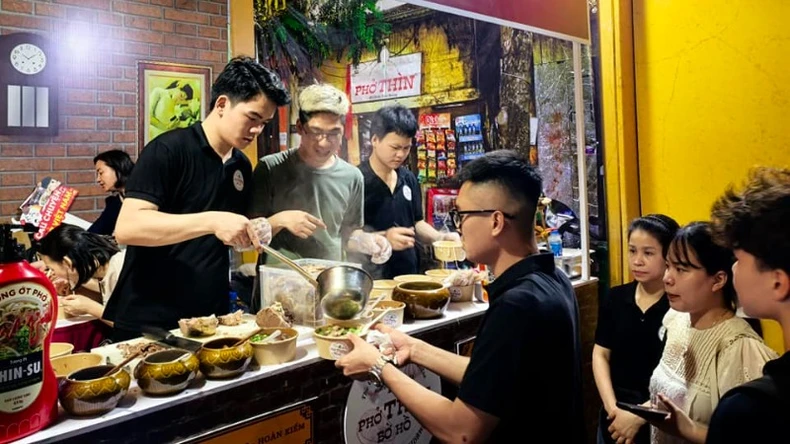 |
For Hanoians, Pho Thin Bo Ho is a deep memory. Photo: Ngoc Xiem |
Throughout its history, pho has transformed dramatically, from sidewalks to restaurant chains abroad. Experts and researchers have pointed out the factors that have helped pho achieve its impressive journey of globalization. Accordingly, there are three main factors mentioned. Firstly, pho is an easy-to-eat dish, suitable for the taste of most international diners, including those who are not familiar with Asian cuisine. Pho is harmonious in taste: not too spicy, not too strong, and has a balance between broth, meat, pho noodles and herbs.
In addition, the wave of Vietnamese people going abroad brought with them memories of their homeland's cuisine. Vietnamese communities have opened thousands of pho restaurants around the world, from the US, Australia to Europe. They are the first "ambassadors" of pho on the journey of globalization. And finally, pho has all the elements to become a "cultural ambassador": it is symbolic, has cultural depth, and has a story to tell. Promoting pho is not just about food, but is also associated with heritage, with the identity and image of a modern, friendly and courageous Vietnam.
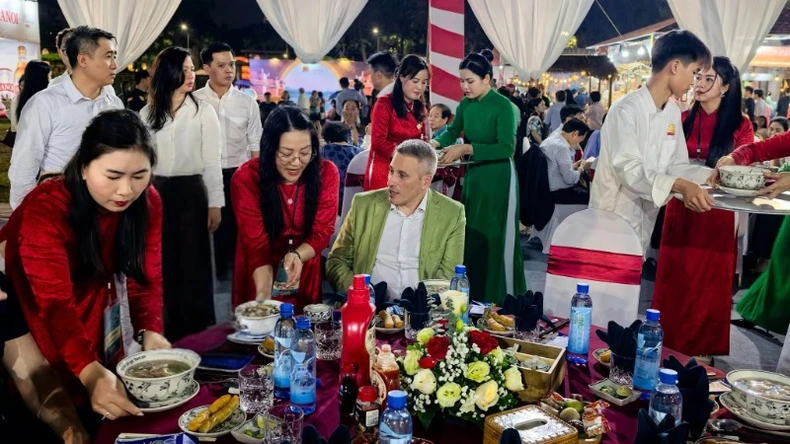 |
Guests enjoyed pho with many impressions. Photo: Ngoc Xiem. |
In the rich picture of Vietnamese cuisine, pho is considered a typical component thanks to its popularity and cultural depth, closely associated with the lives and memories of many generations of Vietnamese people. So what creates the true "pho flavor"? And why does this dish touch the emotions of so many people as an indispensable part of collective memory? Researchers, culinary experts, as well as the feelings of pho lovers from many regions have discussed and shared enthusiastically and emotionally.
According to experts, Pho is considered a "symphony of sophistication". Accordingly, what makes the true "Pho flavor" is the harmonious combination of elements: broth, pho noodles, meat... along with traditional spices such as grilled ginger, grilled onions, star anise, cardamom. Pho contains the lifestyle, spirit, and even philosophy of Vietnamese people: simple, profound, and knows how to turn the simple and ordinary into beauty.
Pho is also a memory stream of Vietnamese people when it is closely associated with urban life in Vietnam, especially in Hanoi. From pho vendors, the first bowl of pho in the morning on the sidewalk, to the pho cries late at night. These are images deeply engraved in the minds of many generations. A person far from home can remember Vietnam through a bowl of pho.
Cultural heritage experts emphasize that the valuable thing is that pho is not "frozen" but still develops and innovates in contemporary life. Even if pho is mixed, pho rolls, or vegetarian pho... the core of pho - the harmony of ingredients, processing techniques and culture of enjoyment - is still retained.
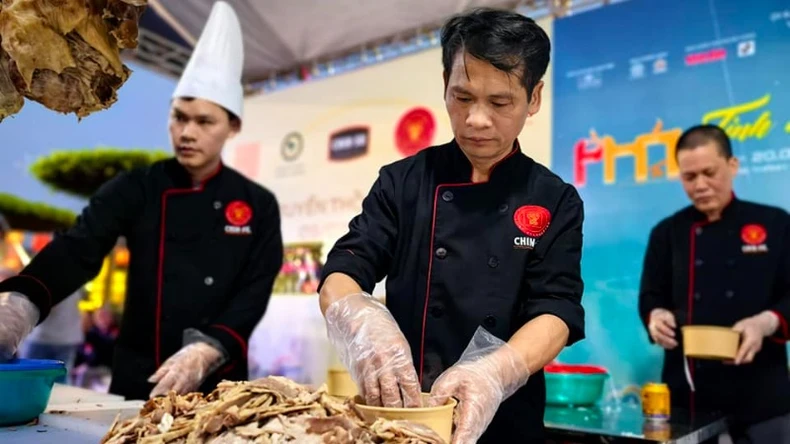 |
The processing procedure ensures food hygiene and safety. Photo: Ngoc Xiem. |
Pho is ingrained in the memory because it is present in every stage of Vietnamese life: from student breakfasts, family reunions, to reunions in foreign lands. Ms. Nguyen Thi Thuy Hang from Ho Chi Minh City emotionally shared: "I have been away from Hanoi for 40 years, but every time I eat pho, I miss the smell of the broth rising from the charcoal stove. That is an irreplaceable flavor. A hot bowl of pho in the early morning or on a winter night, with the slurping sound in a small roadside restaurant... to me, it is a memory, a part of Hanoi".
Mrs. Tran Kim Oanh, 70 years old, from Nam Dinh shared about her family's tradition of cooking beef noodle soup. Each time the bones are simmered, it takes many hours, but no one feels tired. Pho is a profession and a source of pride for many local families and has spread far and wide.
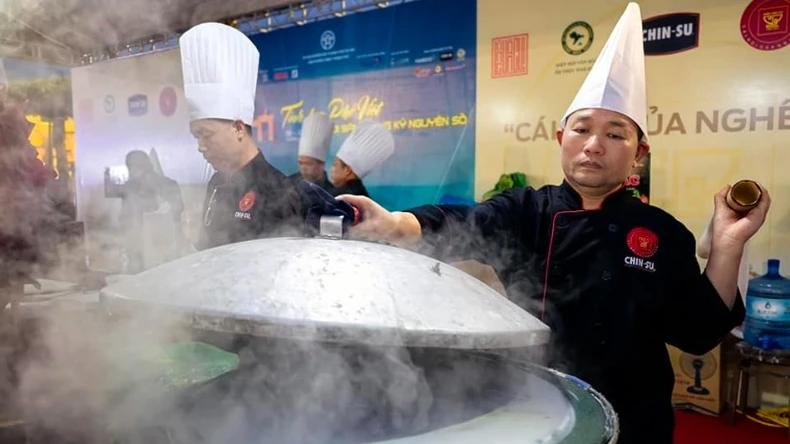 |
For many people, this smoke evokes memories. Photo: Ngoc Xiem. |
It is no coincidence that Pho was chosen as one of the national dishes. Pho carries the Vietnamese spirit: from simple ingredients to elaborate preparation; from daily meals to cultural symbols. It is of course a delicious dish, but more importantly, it is a channel connecting emotions, history and national identity.
Pho is a place where cuisine meets memories, tradition blends with modernity, and is a testament to the strong vitality of Vietnamese culture in the midst of globalization. In the context of increasingly strong globalization, preserving and honoring traditional cultural values becomes urgent. Culinary imprints such as: Japan with washoku, Korea with kimchi, France with baguette... have successfully registered as UNESCO heritage, opening up opportunities to strongly promote culture in the international arena.
Experts emphasize that the most important thing is to leave a legacy in the community. The success of countries comes from clearly establishing the cultural space and the subject community of the heritage. They have methodical strategies in documenting, legalizing, and communicating the heritage.
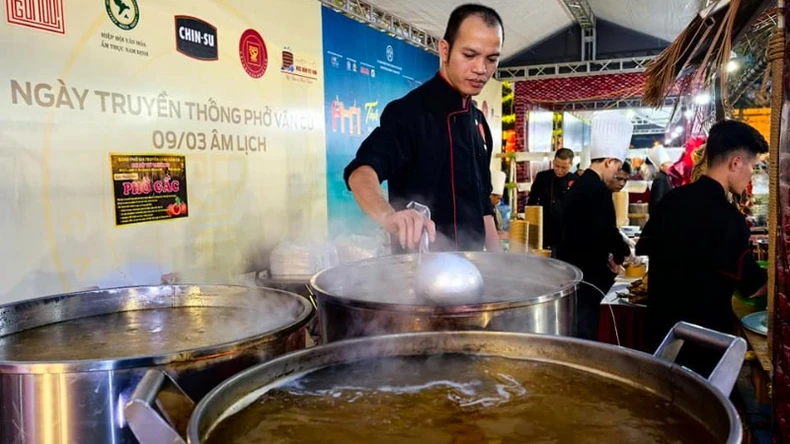 |
Each region and each brand has its own secret for the broth. Photo: Ngoc Xiem. |
With pho, it is necessary to affirm the cultural representation, to establish the community that holds and practices the heritage. This could be artisans, craft villages, traditional families, long-standing culinary streets... The important thing is to demonstrate continuity, creativity and cultural identity in culinary practice.
In the process of building dossiers for heritages such as Ca Tru, Mo Muong, Cheo... Hanoi and the provinces had to mobilize many resources: from scientific research, documentation, to mobilizing community participation and domestic and foreign media. With Pho, this is a heritage with both tangible and intangible elements, and especially "a living heritage, present in all regions of the country and abroad", so the dossier cannot be limited to one locality, but requires inter-regional, inter-sectoral coordination, and especially the voice of the Pho community, Pho lovers.
In addition, it is necessary to listen to the community, especially the artisans and people who have made pho for a long time because they are the ones who practice the most authentic heritage. According to researchers, it is difficult to identify a single subject because pho is present everywhere, creating richness, but this makes it difficult to identify a specific cultural space. Not to mention, many people still know pho as a commercial dish rather than a heritage. Therefore, it is necessary to focus on exploiting the cultural values, processing art, traditional customs, and community spirit associated with this dish.
The problem of the lack of a complete and internationally standardized documentation system requires more academic research, film materials, documents and scientific analysis to demonstrate the representativeness and sustainability of Pho as a cultural heritage. The journey to make Pho a heritage affirms the effort to preserve a unique culinary feature, and is also a way for us to preserve and honor a part of the Vietnamese spirit on the world cultural map.
Source: https://nhandan.vn/pho-hanh-trinh-tro-thanh-di-san-unesco-va-lan-toa-quoc-te-post873816.html


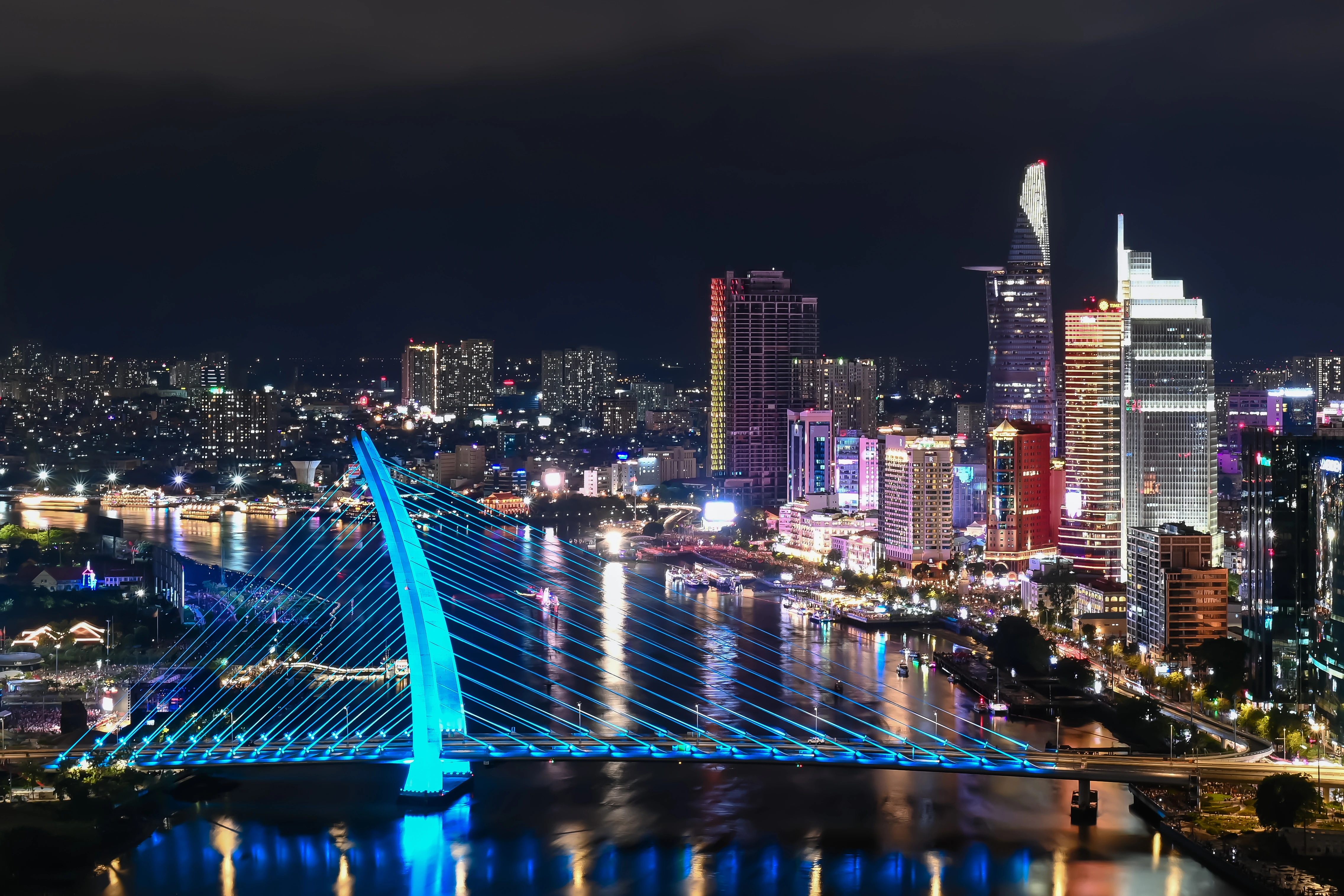

![[Photo] General Secretary To Lam receives Sri Lankan President Anura Kumara Dissanayaka](https://vstatic.vietnam.vn/vietnam/resource/IMAGE/2025/5/4/75feee4ea0c14825819a8b7ad25518d8)
![[Photo] Vietnam shines at Paris International Fair 2025 with cultural and culinary colors](https://vstatic.vietnam.vn/vietnam/resource/IMAGE/2025/5/4/74b16c2a197a42eb97597414009d4eb8)

![[Photo] Bus station begins to get crowded welcoming people returning to the capital after 5 days of holiday](https://vstatic.vietnam.vn/vietnam/resource/IMAGE/2025/5/4/c3b37b336a0a450a983a0b09188c2fe6)



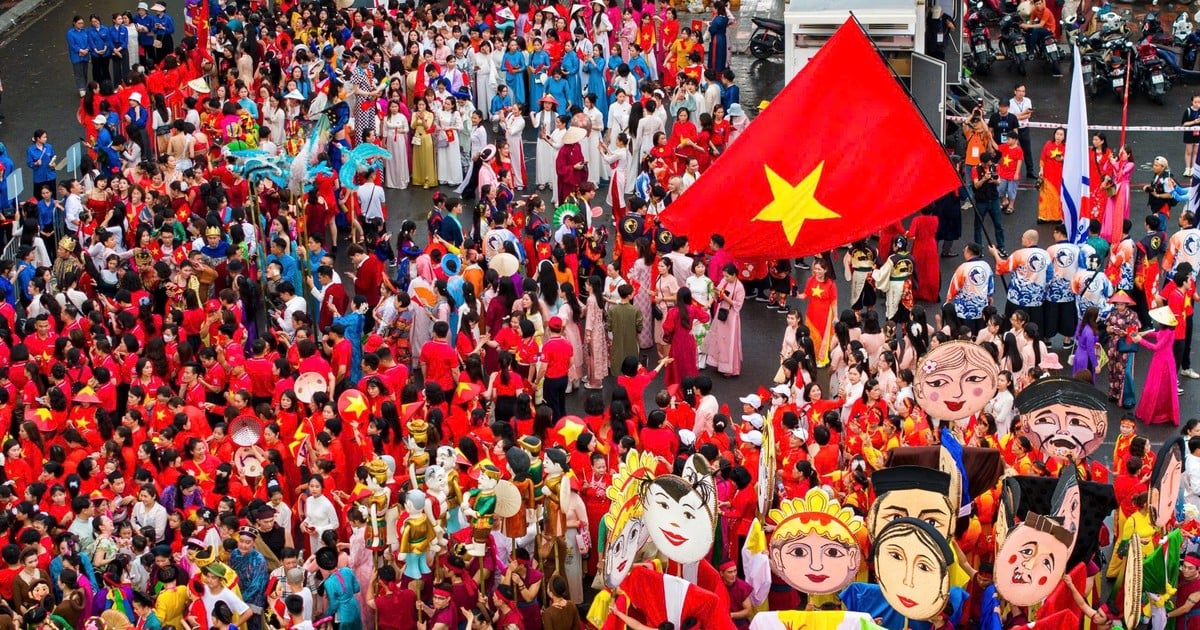





![[Video] Vietnam is in the top 5 countries with the most scientific development in Southeast Asia](https://vstatic.vietnam.vn/vietnam/resource/IMAGE/2025/5/4/5a9d7694b8864d8696c079396409fda0)
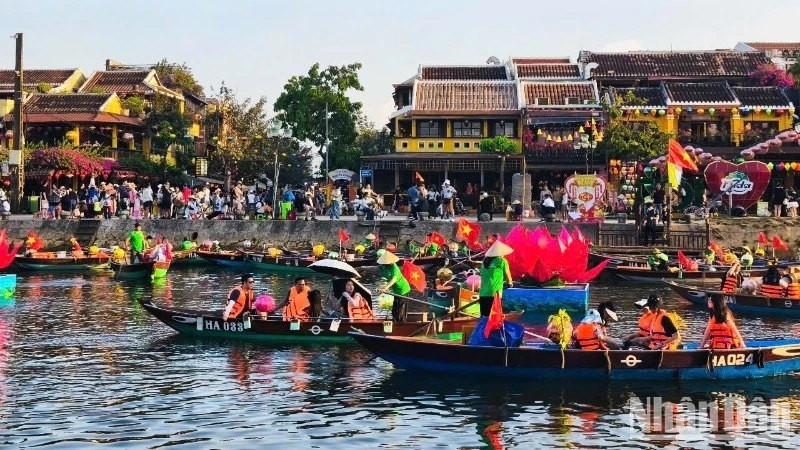

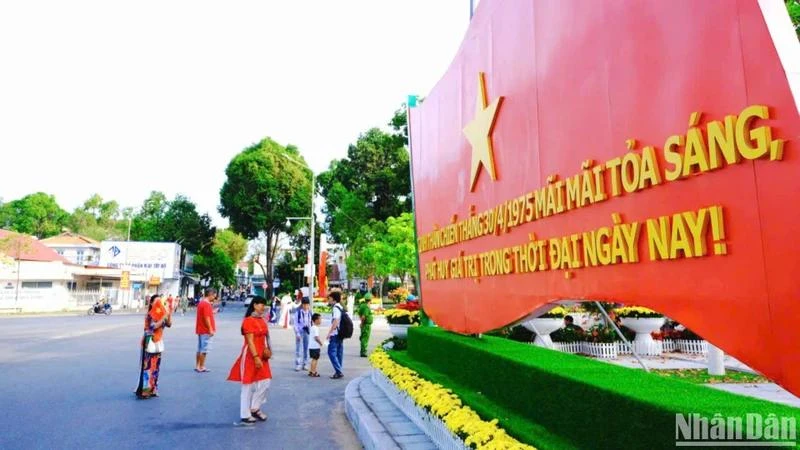






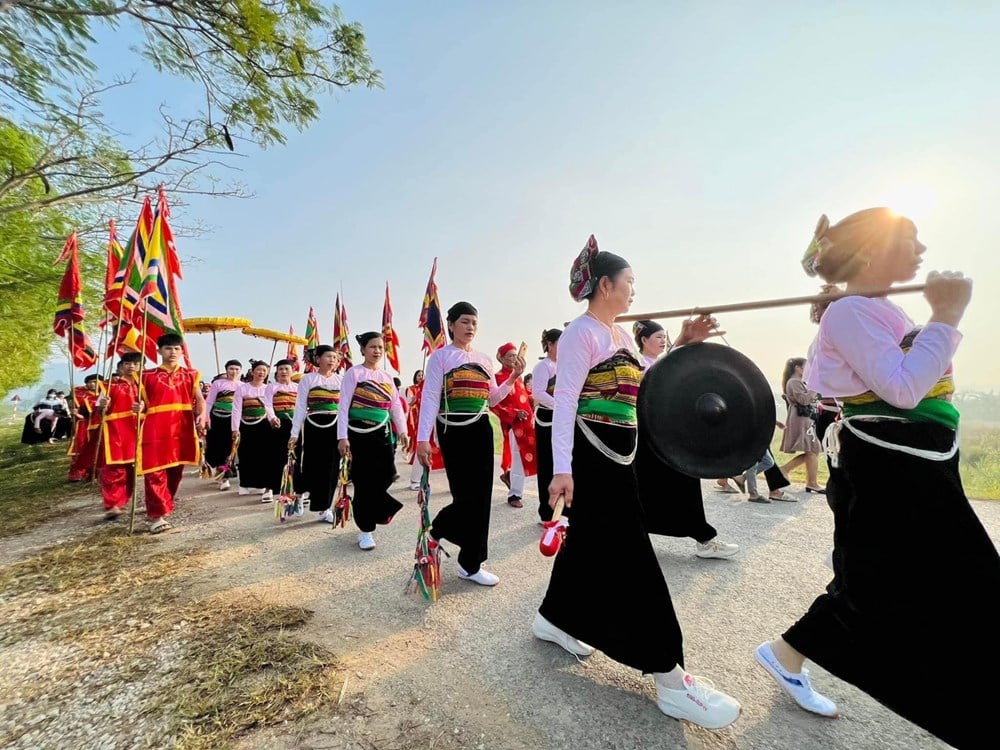



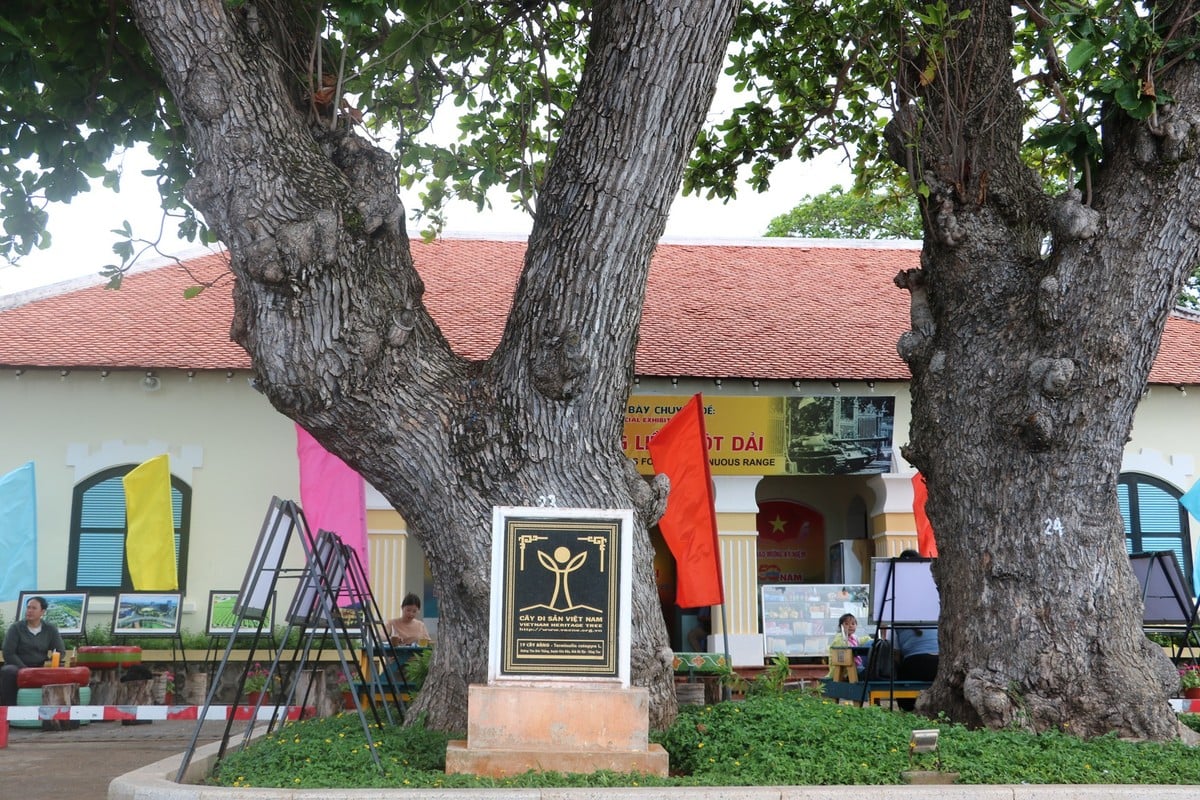









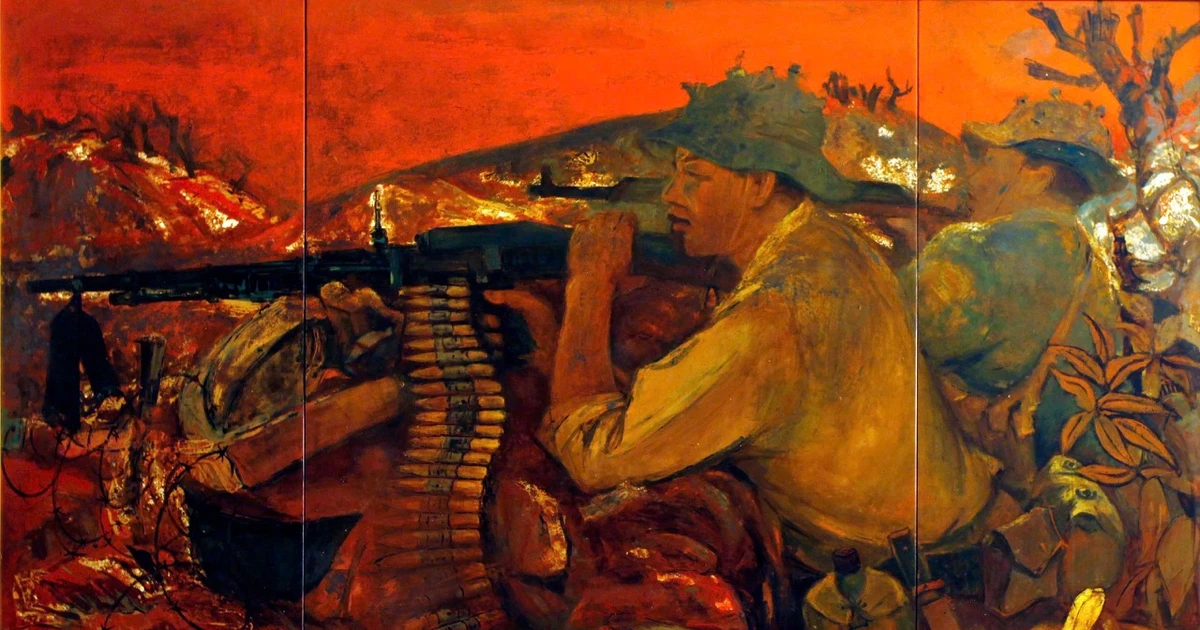






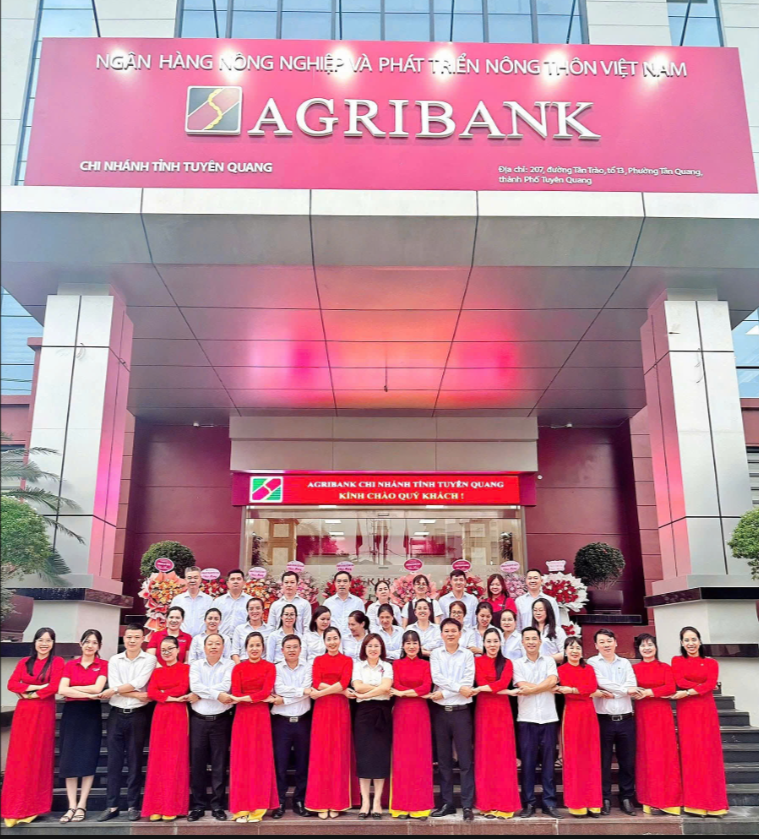






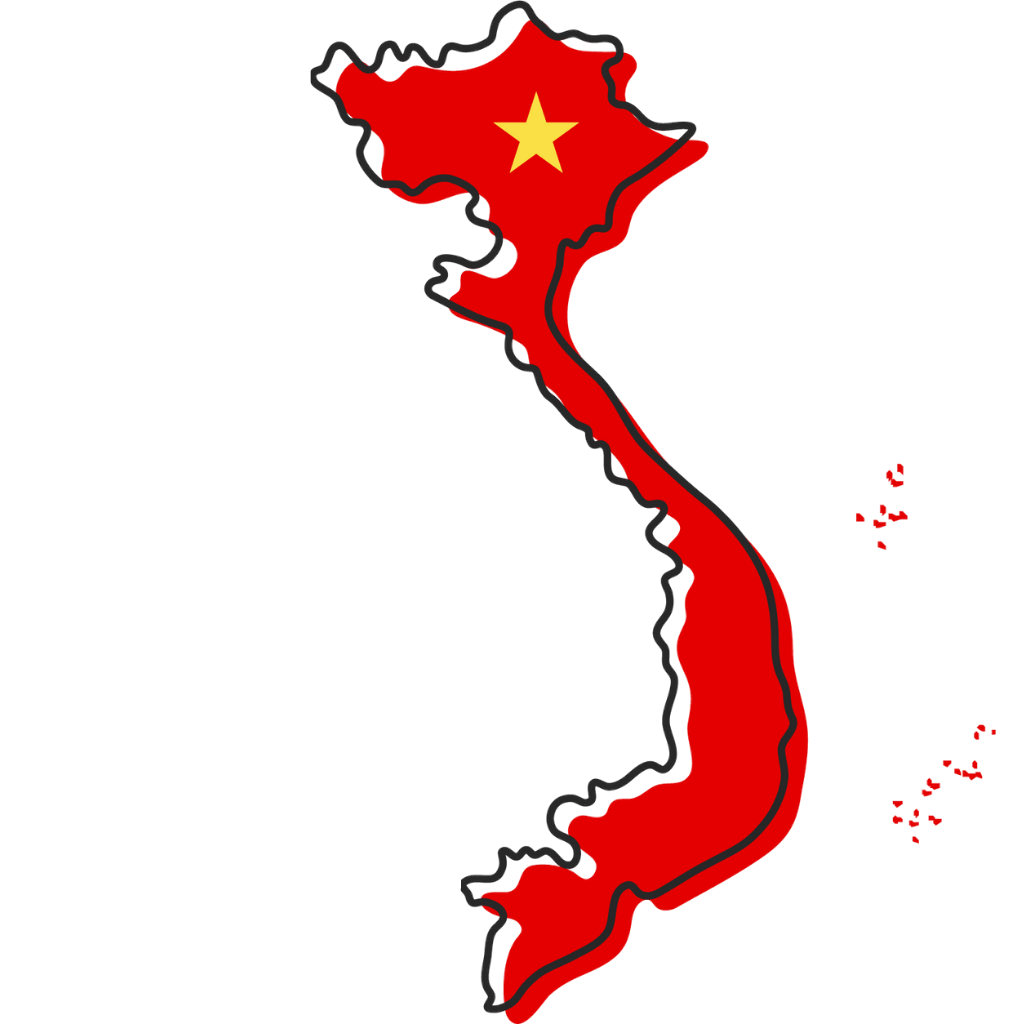
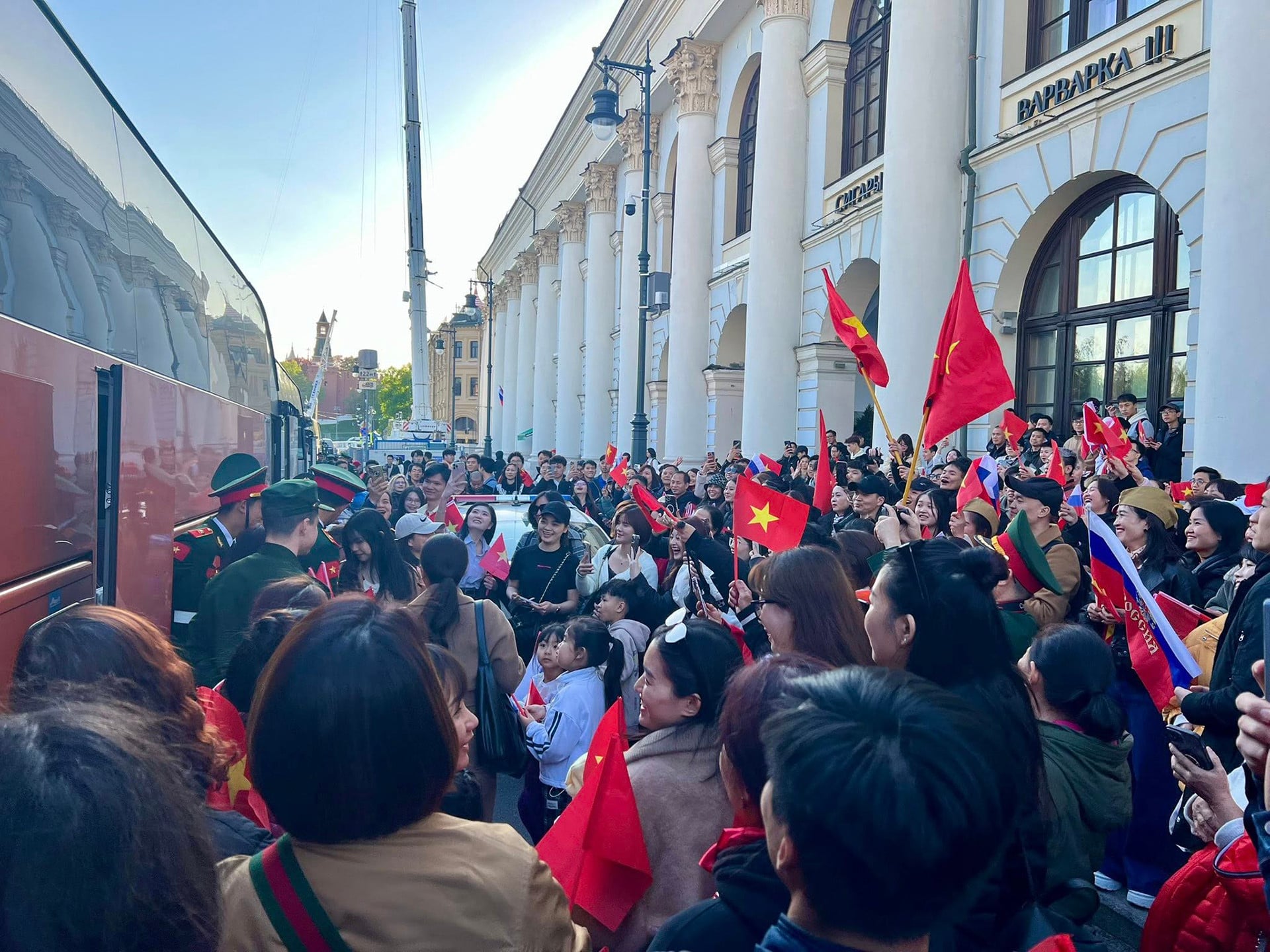









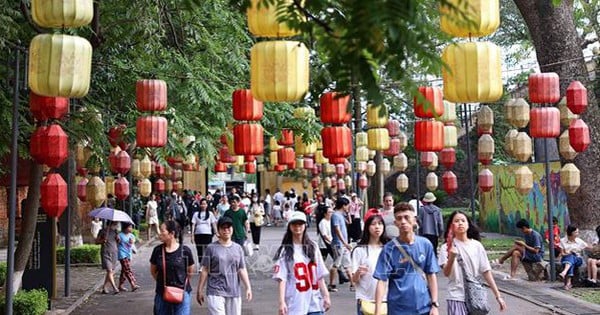













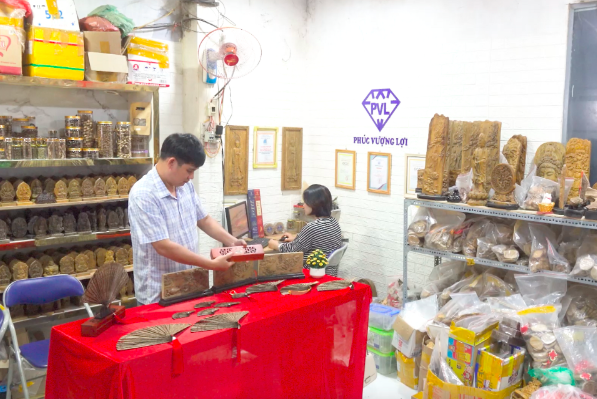


![[Video]. Building OCOP products based on local strengths](https://vstatic.vietnam.vn/vietnam/resource/IMAGE/2025/5/3/61677e8b3a364110b271e7b15ed91b3f)


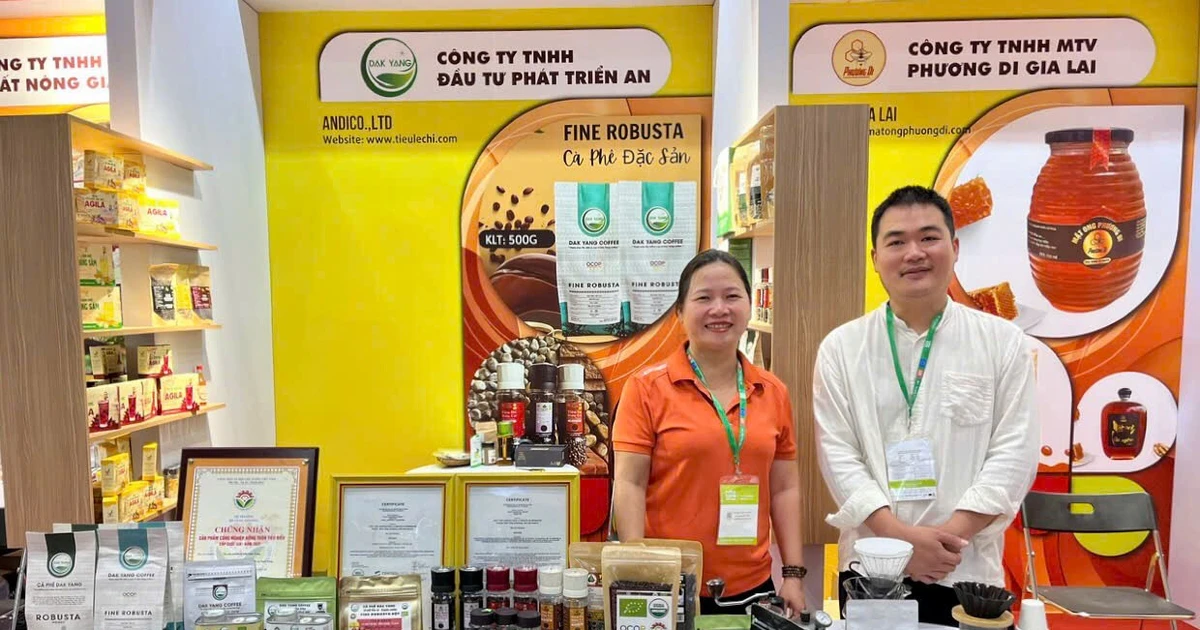

Comment (0)